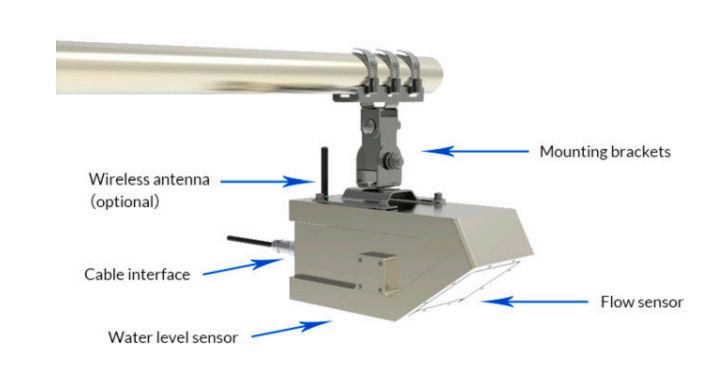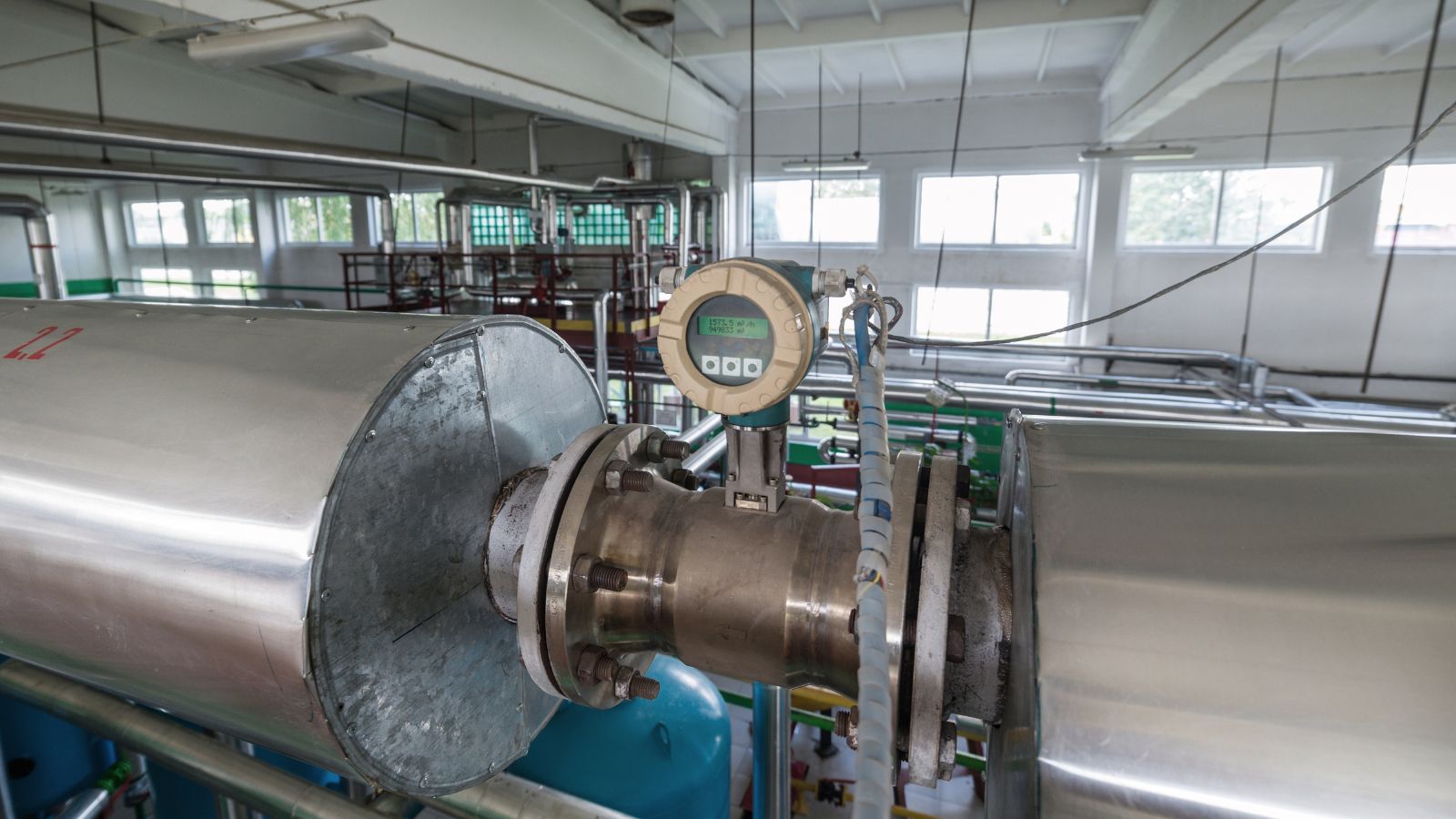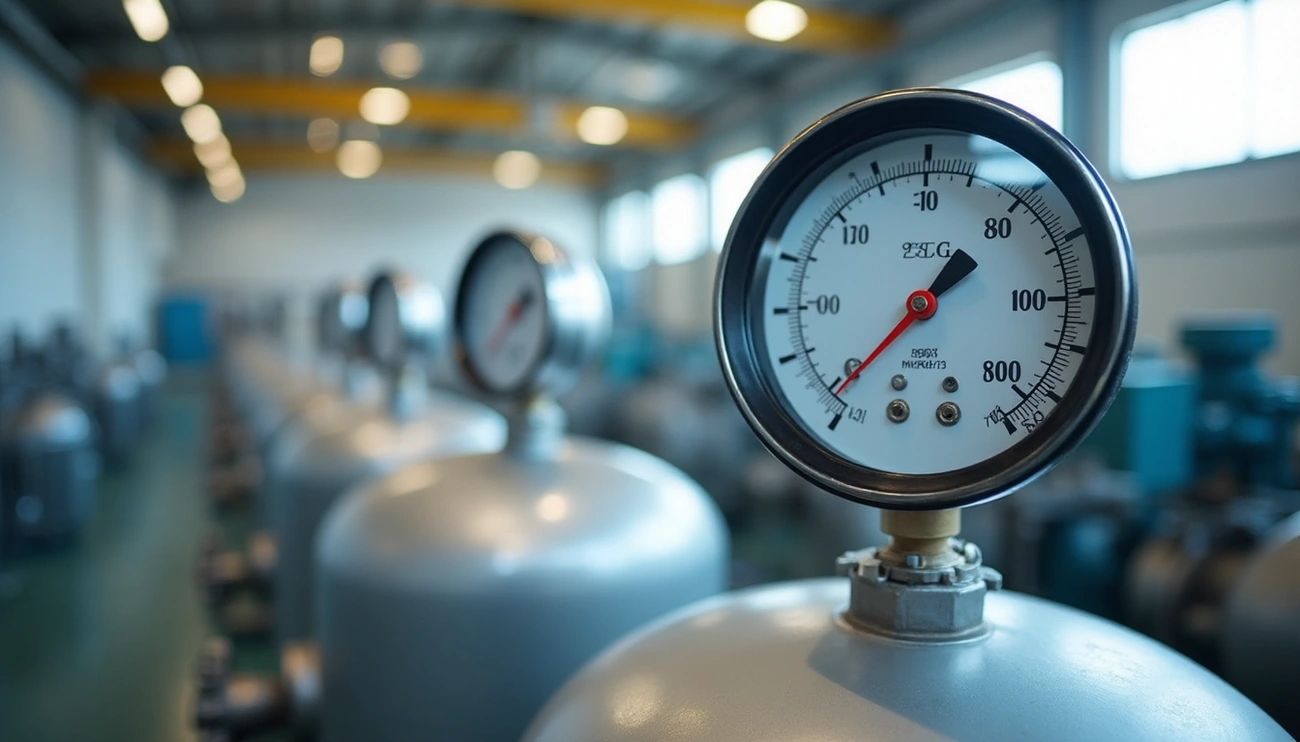What is the dew point? Scientifically, the dew point is the temperature to which air must be cooled (at constant pressure) for it to become fully saturated (100% relative humidity) – weather.gov. In other words, it’s the threshold below which excess water vapor in the air begins to condense into liquid water (dew, fog or frost). Above this temperature the moisture stays in vapor form. For example, if warm air is cooled down (like a cold soda can chilling the air around it), water drops will appear once the air hits its dew point. The dew point rises as the air holds more moisture – higher dew points mean a “muggier” atmosphere – weather.govfoxweather.com. A useful way to picture it: think of air like a sponge. A warm sponge (air) can hold more water before dripping; when it cools to the dew point it can’t hold any more and “drips” dew.

If the actual air temperature equals the dew point, the air is fully saturated and water condenses on surfaces (like grass or car windows). When air cools further below the dew point, you’ll see fog, dew or frost form. For example, an early-morning frost happens when overnight temperatures drop below the dew (frost) point and water vapor freezes on surfaces – weather.gov. The dew point is also called the frost point when it’s below 0°C (since ice crystals form instead of liquid water). In practice, meteorologists and weather reports often mention dew point as a comfort indicator: higher dew points mean more moisture and a stickier feel – weather.gov.
Measuring Dew Point
Dew point can be measured with several tools, ranging from simple to precise:
- Chilled-mirror hygrometer (dew point meter): This device cools a polished metal mirror until water just begins to condense on it. The mirror’s temperature is held at that equilibrium point, revealing the dew point directly – en.wikipedia.org. Chilled-mirror hygrometers are very accurate and are used as calibration standards in labs.
- Sling (wet/dry-bulb) psychrometer: This classic instrument uses two thermometers – one exposed (dry bulb) and one covered with a wet wick (wet bulb) – spun through the air. Evaporation from the wet bulb lowers its temperature. The difference between dry and wet readings is used with tables or formulas to calculate relative humidity and dew point – iowadot.gov. This simple field tool has been used for over a century to gauge humidity.
- Digital hygrometers: Modern electronic sensors measure air temperature and relative humidity and often compute the dew point internally. You can buy handheld thermo-hygrometers that display temperature, RH, and dew point at a glance.
- DIY ice-water method: A low-tech test is to fill a metal can with a mix of ice and water, stir in a thermometer, and watch the outside. When water droplets first form on the can, the air is at its dew point – weather.gov. The thermometer reading at that moment is about the current dew point. (This works because the ice-water maintains a known temperature while air cools on contact, and condensation marks saturation.)
Each of these methods is essentially finding the point at which air becomes saturated. Hygrometers and psychrometers are more direct and precise; the ice-can trick is a convenient demonstration of the same principle – en.wikipedia.orgiowadot.govweather.gov.
Dew Point vs. Relative Humidity
Relative humidity (RH) is the percentage of moisture in the air relative to the maximum it could hold at the current temperature. Dew point, by contrast, is itself a temperature – the one at which the air would reach 100% RH if cooled. In short, RH is relative and changes with temperature, while dew point is an absolute measure of moisture content.
- High dew point = more moisture. Dew point directly tells us how much water vapor is in the air. A higher dew point means more water vapor present – foxweather.com. For example, a dew point of 70°F means the air contains a large amount of moisture (roughly the amount it would have at 70°F and saturation).
- Same RH, different feel. Because warm air can hold more moisture, a given RH value can mean very different things at different temperatures. For instance, 50% RH at 80°F corresponds to a dew point around 60°F, whereas 50% RH at 50°F is only about 32°F dew point. In the first case the air holds much more moisture and feels muggy; in the second it’s relatively dry. In fact, as one official example notes, an 80°F day at 50% RH (dew ≈60°F) feels much more humid than a 30°F day at 100% RH (dew ≈30°F) – weather.gov. Even though the first case has lower RH, the higher dew point makes it feel muggy. In general, relative humidity rises as the air temperature drops toward the dew point; once they match, the air is saturated (RH=100%) – foxweather.com. The dew point can never exceed the actual air temperature.
| Temperature | Dew Point | Relative Humidity | Comfort/Feel |
|---|---|---|---|
| 30°F (cold) | 30°F | 100% | Very little moisture (despite 100% RH) – air actually feels very dry and cold – weather.gov. |
| 80°F (warm) | 60°F | 50% | A lot of moisture – air feels hot and humid or “muggy” – weather.gov. |
A key takeaway: Dew point is a better guide to how humid it feels. When the dew point climbs above about 60°F (16°C), most people start to feel uncomfortable. Once it hits 65–70°F (18–21°C), the air feels very humid and oppressive – foxweather.com. By contrast, relative humidity alone can be misleading. For example, 100% RH in cold weather means the dew point is low (equal to the cold air temp), which often feels dry, whereas 50% RH on a hot day with a high dew point can feel scorching – weather.govfoxweather.com.
Customized Dew Point Monitoring Solutions by Sentec

Dew point sensors are specifically designed to measure the dew point directly, making them the simplest and most practical method for obtaining accurate readings. However, the quality of these sensors varies significantly, requiring careful selection to ensure reliability. Sentec offers customizable solutions for displaying dew point measurements, allowing users to tailor the interface to their specific application needs. – Get contact.
Why Dew Point Matters in Everyday Life
Understanding dew point is useful for weather prediction, personal comfort, and indoor air quality:
- Weather and Forecasting: Meteorologists watch dew point to predict dew, frost, and fog. If overnight temperatures drop to the dew point, dew (or frost, if below freezing) will form on surfaces. In fact, the night-time low temperature rarely falls much below the evening dew point because condensation releases heat and slows cooling – theweatherprediction.com. Likewise, if air in the morning is very close to its dew point, fog is likely. Dew point also signals moisture available for storms: a higher dew point in a warm air mass can fuel thundercloud development. (By contrast, a very low dew point air mass will cool off much more rapidly at night, leading to a large day–night temperature swing – theweatherprediction.com.)
- Heat and Comfort: Dew point tells us how muggy or pleasant the air feels. On a hot day, a high dew point means sweat will not easily evaporate, making you feel sticky. For example, on an 80°F day with a 65°F dew point (around 50% RH), you’re likely to feel very uncomfortablefoxweather.com. Official guidelines even rank comfort by dew point: below about 55°F (13°C) feels dry and comfortable, 55–65°F starts to feel sticky, and above 65°F becomes very humid or oppressive – weather.gov. That’s why many weather reports list the dew point alongside temperature: it’s a direct measure of humidity’s effect on comfort.
- Indoor Air Quality: Dew point reflects indoor humidity too. High indoor dew points (above about 60–65°F, or 15–18°C) indicate very moist air, which can encourage mold, mildew and dust mites to grow – webmd.com. Such biological growth can worsen allergies and asthma. On the other hand, very low indoor dew points (dry air) can cause dry skin, irritated eyes or respiratory passages. In practice, maintaining moderate indoor humidity (roughly 30–50% RH, which corresponds to a dew point around 40–55°F) is healthiest. Because dew point is a temperature measure, it remains meaningful even when the thermostat changes: for example, a 70°F dew point is too high whether the room is heated or cooled.
In summary, the dew point is a scientifically precise way to gauge moisture. It tells us exactly when and how moisture will condense in the air, it provides a clear measure of humidity’s effect on comfort, and it has practical implications from forecasting morning fog to preventing mold in our homes. In everyday language, a higher dew point simply means “more humidity.” By keeping an eye on the dew point (rather than just relative humidity), you can better judge how the air will feel and what weather or indoor conditions to expect – weather.govfoxweather.com.
Sources: Authoritative meteorology and science sources on humidity and dew point- weather.gov – iowadot.gov –weather.gov – foxweather.com – webmd.com, including the U.S. National Weather Service and educational climate resources. The comfort thresholds are drawn from NOAA guidance- weather.gov and common meteorological practice.




